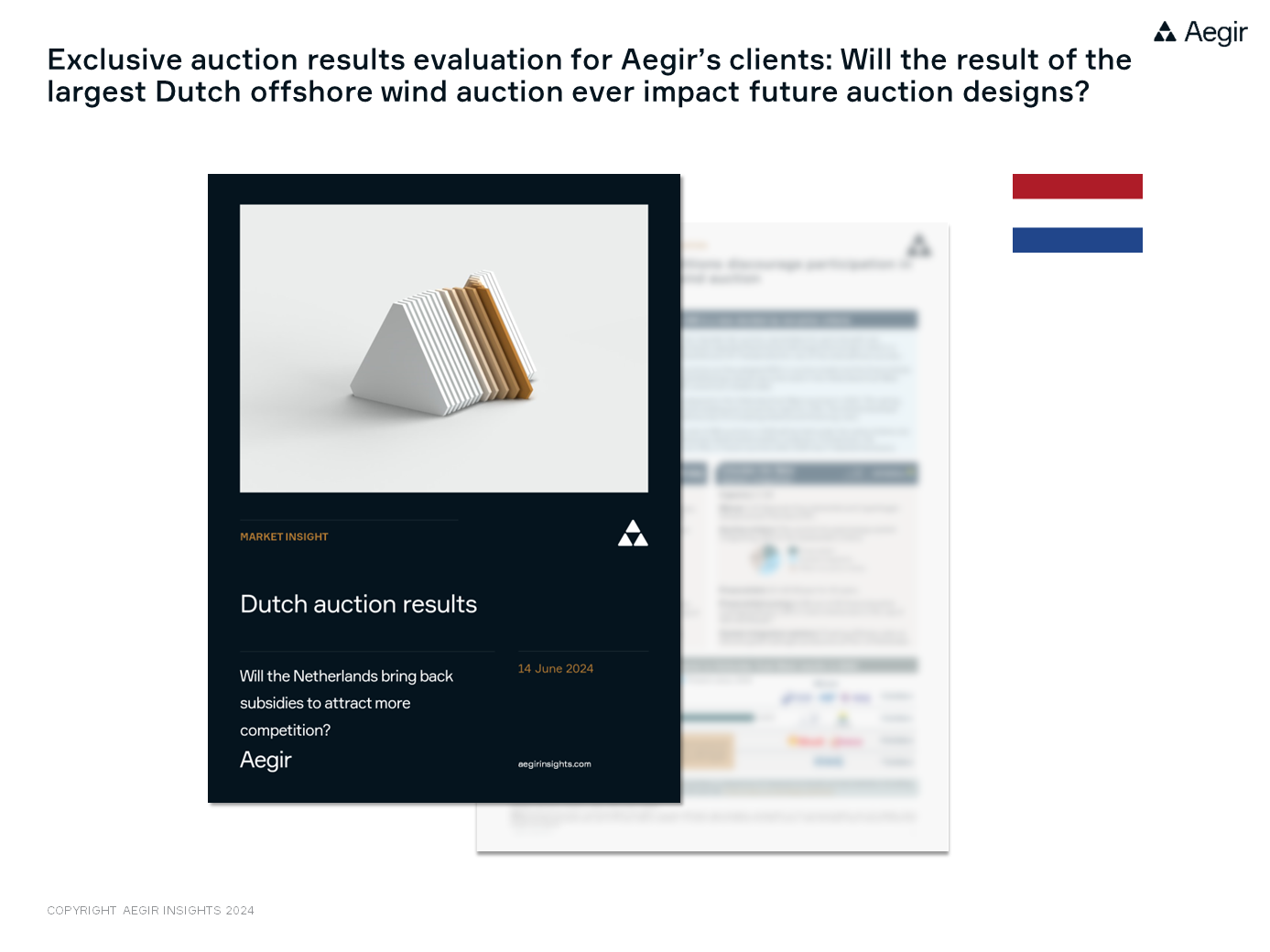Offshore Wind Farms: Economic Challenges And Future Outlook

Table of Contents
High Initial Investment Costs and Financing Challenges
Developing offshore wind farms requires substantial upfront capital investment. The high initial investment costs and securing necessary financing present significant challenges to project viability.
Capital Expenditure (CAPEX)
The capital expenditure (CAPEX) associated with offshore wind farm construction is considerable. This includes several key components:
- Turbine Purchase: The cost of purchasing high-capacity wind turbines, which are specifically designed to withstand harsh marine conditions, constitutes a major portion of the CAPEX.
- Installation: The installation process is complex and costly, involving specialized vessels, heavy-lift cranes, and subsea cable laying. This requires significant expertise and logistical planning.
- Grid Connection: Connecting the offshore wind farm to the onshore electricity grid requires substantial infrastructure upgrades and can be a lengthy and expensive process.
- Site Preparation: Preparing the seabed for turbine foundations, including geophysical surveys and seabed preparation, represents another important cost factor.
Securing financing for such large-scale projects is challenging. Risk assessment plays a critical role, alongside investor confidence in the long-term profitability and stability of the offshore wind market. Financial models need to account for potential delays, cost overruns, and the volatile nature of energy markets.
Operational Expenditure (OPEX)
Beyond CAPEX, operational expenditure (OPEX) represents ongoing costs throughout the lifespan of the offshore wind farm. These costs include:
- Routine Maintenance: Regular inspections, servicing, and repairs of turbines and other components are essential to ensure operational efficiency and safety.
- Crew Transfers: Transferring technicians and maintenance personnel to and from offshore platforms requires specialized vessels and incurs significant costs.
- Equipment Replacement: Components such as blades, gearboxes, and generators have a limited lifespan and require periodic replacement.
- Insurance: Comprehensive insurance coverage for the offshore wind farm, including potential damage from storms or other unforeseen events, is crucial.
Technological advancements, such as improved turbine designs and predictive maintenance techniques, can help to mitigate OPEX over time, enhancing the long-term economic viability of offshore wind farms.
Supply Chain Bottlenecks and Material Costs
The offshore wind industry relies on a complex global supply chain for specialized components and equipment. This reliance creates vulnerabilities to supply chain bottlenecks and fluctuating material costs.
Turbine Manufacturing and Component Supply
Turbine manufacturing and the supply of critical components are crucial to project timelines. Potential delays or shortages can significantly impact project costs and schedules. Key components include:
- Blades: The massive blades of offshore wind turbines are complex structures, requiring specialized manufacturing processes and materials.
- Gearboxes: These critical components transmit the rotational force from the turbine blades to the generator.
- Generators: The generators convert the mechanical energy into electricity. Delays in the supply of any of these components can severely affect project delivery.
Global demand for these components is growing rapidly, putting pressure on manufacturing capacity and potentially driving up material costs. Diversifying sourcing and enhancing domestic manufacturing capabilities can help mitigate these risks.
Specialized Vessel and Installation Costs
The installation and maintenance of offshore wind turbines necessitate specialized vessels, including heavy-lift vessels and crew transfer vessels (CTV). The limited availability of these specialized resources often leads to higher costs and extended project timelines.
- Vessel Availability: Securing these vessels for the required periods can be a significant challenge, leading to delays and increased charter costs.
- Specialized Crew: The operation of these vessels and the installation process demand highly skilled crews, increasing labor costs.
Investment in new vessel construction and innovation in installation technologies are crucial to address these bottlenecks and reduce costs.
Regulatory Hurdles and Permitting Processes
Navigating the regulatory landscape and obtaining necessary permits are substantial challenges in the development of offshore wind farms.
Environmental Impact Assessments
Extensive environmental impact assessments are required to ensure minimal disruption to marine ecosystems. This process is time-consuming and costly, involving:
- Bird Migration Studies: Assessing the potential impact on bird migration patterns.
- Marine Mammal Surveys: Evaluating potential effects on marine mammal populations.
- Habitat Assessments: Analyzing the impact on various marine habitats.
Streamlining regulatory processes and fostering collaboration between developers and regulatory bodies can significantly reduce the time and cost associated with environmental permitting.
Grid Connection Challenges
Connecting offshore wind farms to the onshore electricity grid poses significant technical and economic challenges. These challenges include:
- Grid Infrastructure Upgrades: Existing grid infrastructure may need significant upgrades to accommodate the influx of renewable energy.
- Capacity Limitations: Existing grid capacity may be limited, requiring investment in new transmission lines and substations.
Modernizing the electricity grid and ensuring sufficient transmission capacity are essential for the successful integration of large-scale offshore wind power.
Future Outlook and Technological Advancements
Despite the current challenges, the future outlook for offshore wind energy is positive. Technological innovation and supportive government policies are key drivers of growth.
Cost Reduction Through Technological Innovation
Several technological advancements are driving down the cost of offshore wind energy, enhancing its competitiveness:
- Larger Turbines: Larger and more efficient turbines are being developed, reducing the cost per unit of energy generated.
- Floating Offshore Wind: Floating wind turbine technology allows for deployment in deeper waters, unlocking significant untapped resources.
- Improved Manufacturing Processes: Innovations in manufacturing processes are improving efficiency and reducing costs.
These technological improvements are expected to significantly reduce the levelized cost of energy (LCOE) from offshore wind farms.
Policy Support and Government Incentives
Government policies and incentives play a vital role in supporting the growth of the offshore wind industry. These include:
- Feed-in Tariffs: Guaranteed prices for the electricity generated from offshore wind farms.
- Tax Credits: Tax incentives to encourage investment in offshore wind projects.
- Carbon Pricing Mechanisms: Policies that put a price on carbon emissions, making renewable energy sources more competitive.
Strong policy support, coupled with technological advancements, is crucial to attracting investment and accelerating the deployment of offshore wind farms globally.
Conclusion
Offshore wind farms offer a significant opportunity to transition towards a cleaner energy future. However, overcoming the economic challenges, including high upfront costs, supply chain complexities, and regulatory hurdles, is crucial for widespread adoption. While substantial initial investment is required, technological advancements, such as larger turbines and floating offshore wind technology, are paving the way for cost reductions. Furthermore, supportive government policies and incentives are essential to attract investment and accelerate the growth of this vital sector. Continued research, investment, and collaboration are needed to overcome these challenges and accelerate the deployment of offshore wind farms, unlocking the immense potential of this renewable energy resource and paving the way towards a more sustainable energy future. We must continue to explore innovative financing models, streamline regulatory processes, and foster technological advancements to unleash the full potential of offshore wind power.

Featured Posts
-
 Nigel Farages Shrewsbury Visit Flat Cap G And Ts And Conservative Criticism
May 03, 2025
Nigel Farages Shrewsbury Visit Flat Cap G And Ts And Conservative Criticism
May 03, 2025 -
 Christina Aguileras Altered Image A Look At The Photoshoot Controversy
May 03, 2025
Christina Aguileras Altered Image A Look At The Photoshoot Controversy
May 03, 2025 -
 6 9 300
May 03, 2025
6 9 300
May 03, 2025 -
 Netherlands To Re Evaluate Ow Subsidies For Increased Project Bids
May 03, 2025
Netherlands To Re Evaluate Ow Subsidies For Increased Project Bids
May 03, 2025 -
 Christina Aguileras Transformed Look Sparks Photoshop Debate Online
May 03, 2025
Christina Aguileras Transformed Look Sparks Photoshop Debate Online
May 03, 2025
